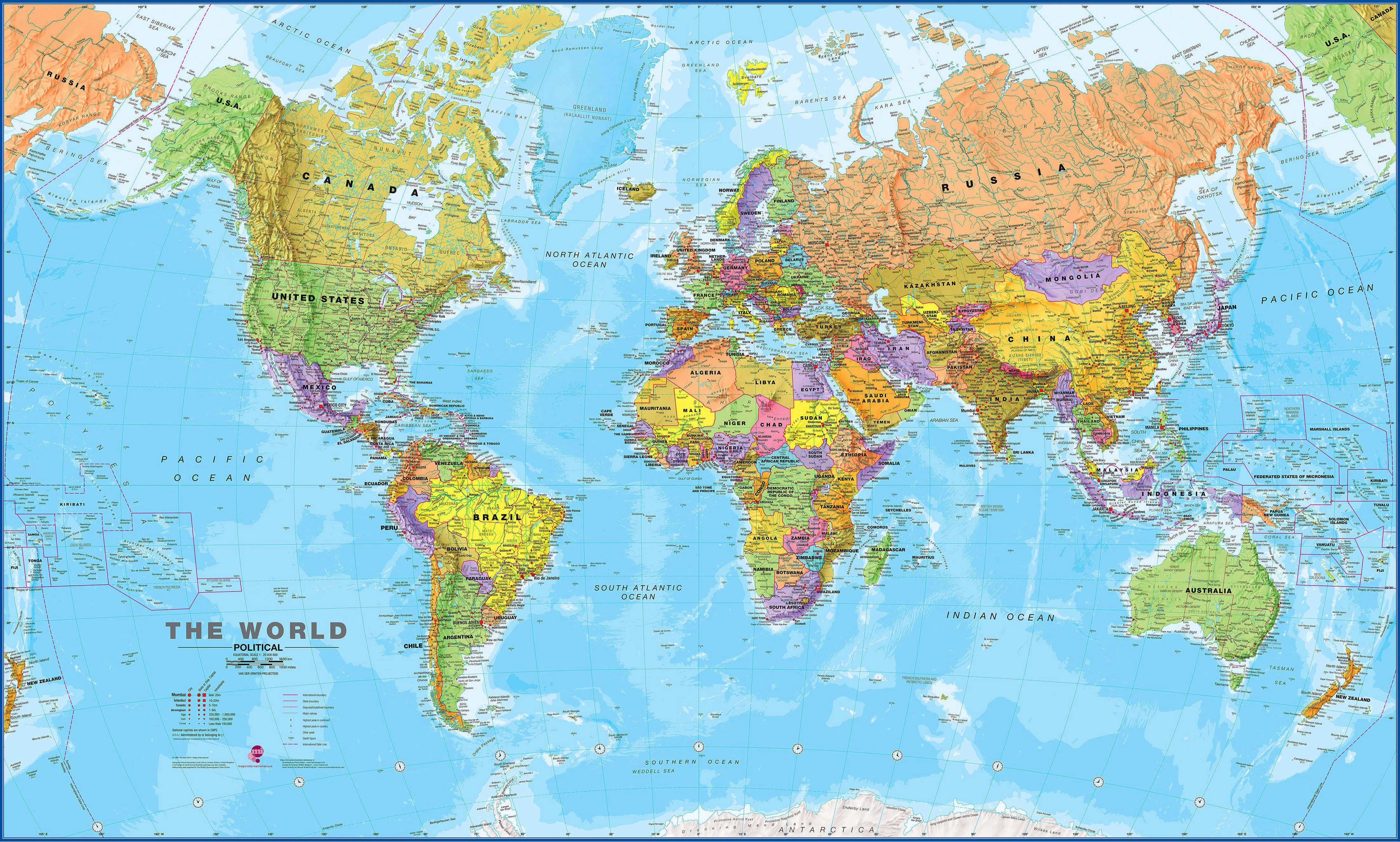Earthquake Intensity vs. Magnitude: Understanding Seismic Impact & Safety
Imagine a bustling city awakened not by the morning sun, but by a violent jolt. Buildings sway, glass shatters, and the ground beneath your feet feels like a bucking bronco. While news reports flash numbers like "Magnitude 7.0," what truly dictates the chaos and devastation unfolding around you isn't just that single number, but something far more nuanced: the experienced intensity of the shaking itself. This difference is the key to understanding the real impact of earthquakes, and it's why focusing on intensity can save lives and inform better preparedness strategies.
Understanding Earthquake Intensity vs. Magnitude
The terms earthquake magnitude and earthquake intensity are often used interchangeably, but they represent distinctly different concepts. Earthquake magnitude is a quantitative measure of the energy released at the source of the earthquake (the hypocenter), typically measured using the Richter scale or the moment magnitude scale. It's a single value for each earthquake event. On the other hand, earthquake intensity describes the effects of an earthquake at a specific location. These effects include the level of ground shaking, the observed damage to structures, and people's reactions. In essence, magnitude tells us "how big" the earthquake was, while intensity tells us "how much it hurt" at a particular place. This difference is critical for earthquake damage assessment and seismic risk assessment.
Why Magnitude Isn't Enough
Relying solely on magnitude can be misleading. An earthquake with a high magnitude occurring in a sparsely populated desert region might cause little damage, while a slightly smaller magnitude earthquake striking a densely populated urban area built on soft soil could lead to catastrophic consequences. The distance from the epicenter, the local geology (soil conditions), building construction, and the depth of the earthquake all influence the intensity felt at a specific location. Focusing on magnitude alone neglects these crucial local factors.
The Modified Mercalli Intensity Scale
The Modified Mercalli Intensity Scale (MMI) is the primary tool used to measure earthquake intensity. It's a qualitative scale, ranging from I (not felt) to XII (total destruction). The MMI scale is based on observed effects, such as the shaking felt by people, the damage to buildings, and other visible changes in the environment. While subjective, the MMI scale offers a more direct and practical assessment of the earthquake's impact than magnitude alone. The scale helps in understanding the level of earthquake damage assessment needed.
The Crucial Role of Intensity in Earthquake Impact Assessment
Earthquake intensity is arguably more important than magnitude when it comes to understanding the actual impact of an earthquake on people and infrastructure. It directly correlates with the level of ground shaking and the resulting damage. Emergency responders, urban planners, and engineers rely heavily on intensity data to prioritize aid, assess structural integrity, and develop mitigation strategies. Data from past earthquakes, categorized by their Modified Mercalli Intensity Scale ratings at various locations, are instrumental in refining building codes earthquakes regulations and developing more resilient infrastructure. Statistics show that most fatalities occur in regions experiencing high intensity shaking, irrespective of the earthquake magnitude.
How Intensity Informs Building Codes
Building codes earthquakes regulations should, and increasingly do, incorporate expected ground motion parameters derived from seismic risk assessment that consider the earthquake intensity levels predicted for different regions. These codes specify the minimum structural requirements needed to withstand the anticipated shaking, reducing the likelihood of collapse and minimizing damage. Without this local intensity information, building codes would be inadequate and potentially lead to catastrophic failures in areas prone to strong shaking.
Emergency Response and Resource Allocation
Immediately after an earthquake, emergency responders need to quickly assess the areas most severely affected. Intensity maps, derived from reports of shaking and damage, provide a rapid and valuable tool for prioritizing rescue efforts and allocating resources efficiently. Areas experiencing higher intensity levels are likely to have more significant damage and require immediate attention. This targeted response can save lives and speed up the recovery process. According to a 2024 study by the USGS, rapid intensity mapping significantly improves the efficiency of post-earthquake search and rescue operations.
Measuring and Mapping Earthquake Intensity
Measuring earthquake intensity traditionally relied on observations and reports from people in the affected area. Today, technological advancements have greatly enhanced our ability to measure and map intensity in near real-time. Networks of seismographs and ground motion sensors record the actual shaking at various locations, providing data that can be used to create detailed intensity maps. These maps, often displayed using the Modified Mercalli Intensity Scale, are crucial for understanding the spatial distribution of shaking and damage.
| MMI Scale | Perceived Shaking | Potential Damage |
|---|---|---|
| I | Not felt | None |
| IV | Light | Minor; felt indoors by many |
| VII | Very Strong | Considerable; poorly built structures damaged |
| X | Violent | Heavy; most masonry and frame structures destroyed with foundations |
| XII | Extreme | Total destruction |
The Role of Seismographs and Ground Motion Sensors
Seismographs and ground motion sensors are essential tools for accurately measuring ground shaking during an earthquake. These instruments record the amplitude and frequency of seismic waves, providing precise data that can be used to calculate intensity values. By deploying a dense network of these sensors, scientists can create high-resolution intensity maps that reveal subtle variations in shaking across a region.
Community Reporting and Citizen Science
Citizen science initiatives, where individuals report their experiences during an earthquake, also play a crucial role in mapping intensity. Online questionnaires and mobile apps allow people to describe the shaking they felt, the damage they observed, and other relevant information. This crowdsourced data supplements instrumental measurements and provides a more comprehensive picture of the earthquake's impact. These reports help refine earthquake early warning systems.

Integrating Intensity into Earthquake Preparedness and Mitigation
Understanding earthquake intensity is fundamental for effective earthquake preparedness and mitigation. It allows us to tailor our strategies to the specific risks faced by different regions. For example, areas known to experience high intensity shaking should prioritize stricter building codes earthquakes, public awareness campaigns, and earthquake early warning systems. Individuals living in these areas should also take steps to reinforce their homes and prepare emergency kits. Ultimately, seismic risk assessment hinges on accurate intensity prediction.
Effective earthquake preparedness also includes understanding the local fault lines and the potential for future earthquakes. Knowing the expected earthquake intensity levels in your area can help you make informed decisions about where to live, work, and build.
FAQ
- What is the difference between earthquake magnitude and intensity?
- Magnitude measures the energy released at the source of the earthquake.
- Intensity describes the effects of the earthquake at a specific location.
- Why is earthquake intensity important?
- It directly relates to the level of ground shaking and resulting damage.
- It informs emergency response, building codes, and mitigation strategies.
- How is earthquake intensity measured?
- Using the Modified Mercalli Intensity Scale (MMI), based on observed effects.
- Through seismographs and ground motion sensors.
- Via community reporting and citizen science initiatives.
- How can I use intensity information to prepare for earthquakes?
- Understand the expected intensity levels in your area.
- Reinforce your home based on anticipated shaking.
- Prepare an emergency kit.
- Participate in local earthquake preparedness programs.
In conclusion, while earthquake magnitude provides a valuable overview, earthquake intensity offers a far more detailed and actionable understanding of an earthquake's impact. By prioritizing intensity in our seismic risk assessment, earthquake preparedness plans, and building codes earthquakes, we can better protect ourselves and our communities from the devastating effects of these natural disasters. What questions do you have about earthquake intensity, or what experiences can you share regarding how intensity has affected you or your community? Leave a comment below!

